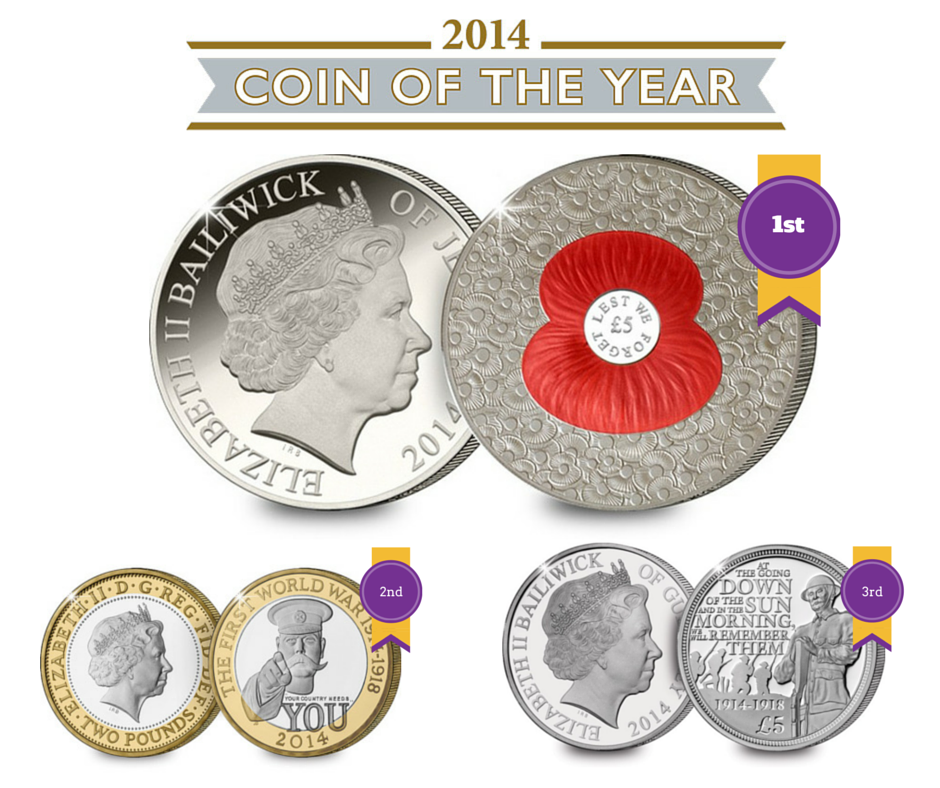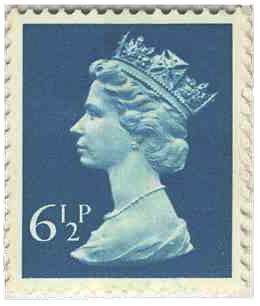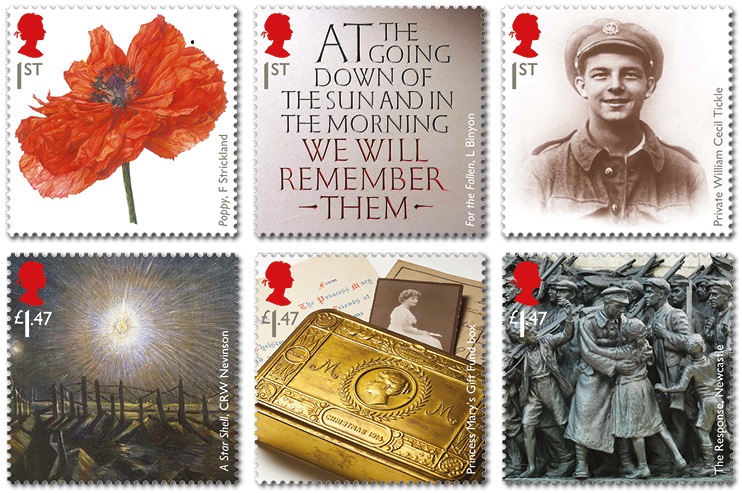Shop
Coin of the Year – the results!
The results are in and I can now reveal your top 3 coin designs of the year!
3rd place – The Guernsey 2014 First World War Centenary £5 Coin
2nd Place – The UK 2014 Lord Kitchener £2 Coin
And the winner….
1st Place – The Jersey 2014 ‘100 Poppies’ £5 Coin
Thanks for all your votes! The striking design and the importance of the work of the Royal British Legion combined to make the ‘100 Poppies’ coin a real stand out this year.
Now it’s time to look forward to the new issues for 2015!
If you’re interested…
We still have some stock available of the UK 2014 Lord Kitchener £2 Coin. Click here
The 50th anniversary of the most reproduced image in the world
50 years ago in 1964 Her Majesty the Queen approved a new portrait for her coinage, and set in motion a chain of events that led to the creation of the most reproduced image in the world.
The portrait in question was designed by Arnold Machin RA – and if you look in your pocket now you’re still likely to find a coin bearing the distinctive profile.
But even though millions of coins are struck every year – it was when the design was adapted for use on our stamps that it really took off…
300 billion and counting
Best estimates suggest that the Arnold Machin RA effigy of Queen Elizabeth II has now been reproduced on our stamps over 300 billion times – a staggering number.
In fact, amongst collectors, UK definitive stamps are now simply referred to as ‘Machins’ because the image is so ubiquitous.
But who is Arnold Machin RA, and how did he come to design this instantly recognisable image?
From pottery to sculpting the Queen’s portrait
Arnold Machin was born in 1911 in Stoke-on-Trent. Modelling and sculpture was in the family, but his father struggled to make ends meet with his freelance modelling job. Consequently Machin started work aged 14 at the Minton China Factory, as an apprentice china painter.
But he could not keep away from sculpture, and after a working for many years in the arts was appointed an associate member of the Royal Academy of Arts in London in 1947.
As if this wasn’t enough of an honour, in 1964 Machin was approached to design an effigy of the Queen for the new decimal coinage to be introduced in 1971. So, despite never having designed a coin before, Machin was granted four sittings with the Queen.
Cleverly using the bas-relief technique, which creates a raised sculpture from a plaster base, Machin came up with a design the Queen appreciated so much she has insisted it be used unchanged on our stamps for the past 40 years.
An £18,000 plaster cast
Perhaps testament to the enduring popularity of the image, and the design process behind it, one of Machin’s original plaster casts recently sold at auction for the princely sum of £18,000.
And I don’t think this will be the last we’ll hear of record breaking Machin sales – as time goes by the power of the image will not diminish, yet the availability of collectables will.
And now we are due to see a new portrait of the Queen on our coinage in 2015, this is bound to be an area to watch.
You may be interested in…

The Arnold Machin Queen Elizabeth II Philatelic Silver Set
The Westminster Collection is proud to present the first ever officially licensed silver philatelic set featuring Arnold Machin’s famous effigy of the Queen.
NOW SOLD OUT
Why we will soon all know the story of the boy soldier on a stamp …
 The prospect of going to fight for your King and Country would seem bizarre for most teenagers today.
The prospect of going to fight for your King and Country would seem bizarre for most teenagers today.
But in 1914, that is exactly what William Cecil ‘Billie’ Tickle did. At just 15 – officially three years too young to enlist – he lied about his age and joined the British Army at the start of the First World War.
Originating from Hornsey in Middlesex, he was just an ordinary teenager but found himself in 9th Battallion, Essex Regiment, fighting alongside countless young soldiers like himself. His troop was thrust into France the following spring after training, and straight in the midst of heavy battle.
Against all odds, Private Tickle made it through until 1916 and the Battle of the Somme. On 3rd July 1916, Private 13510 Tickle was killed in action at Ovillers, and his body never found. But not before he sent a photo of himself in his uniform back home to his mother…
His mother’s handwritten note underneath describes him as ‘One of the very best.’ Billy Boy’s story is not exceptional, there are plenty more stories like his. But little did he know that one hundred years later that very photograph would be chosen by Royal Mail to feature on an official British 1st Class postage stamp.
The smiling portrait of Private Tickle appears alongside five other stamps in Royal Mail’s ‘Great War’ Issue, which is being released on Monday 28th July to coincide with the Centenary of the outbreak of the First World War.
 These stamps are now available to own on a limited edition Silver Proof Coin Cover.
These stamps are now available to own on a limited edition Silver Proof Coin Cover.
NOW SOLD OUT.





